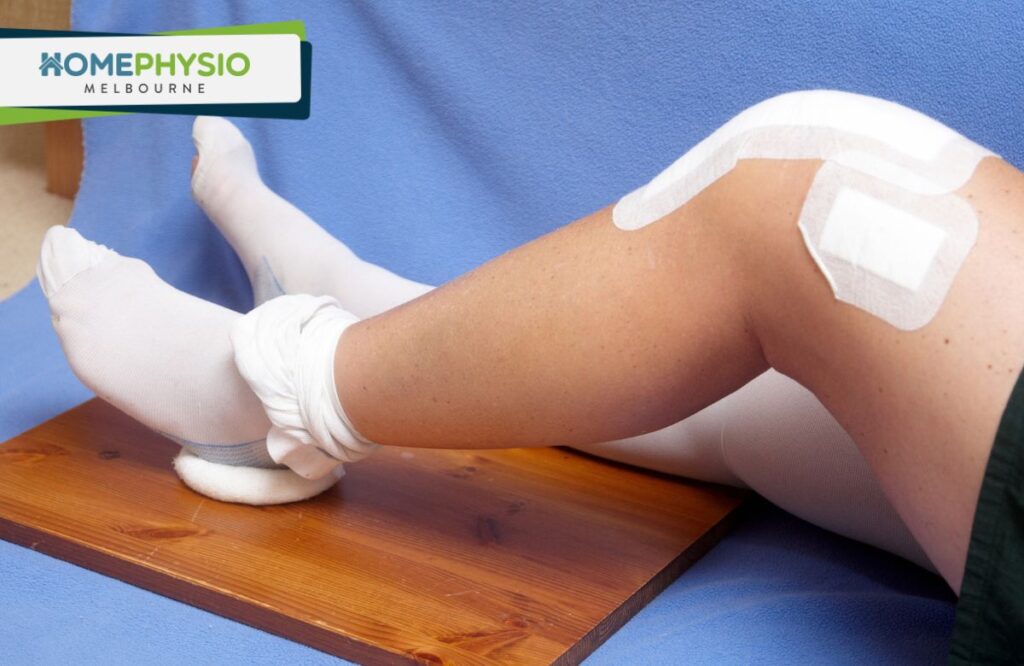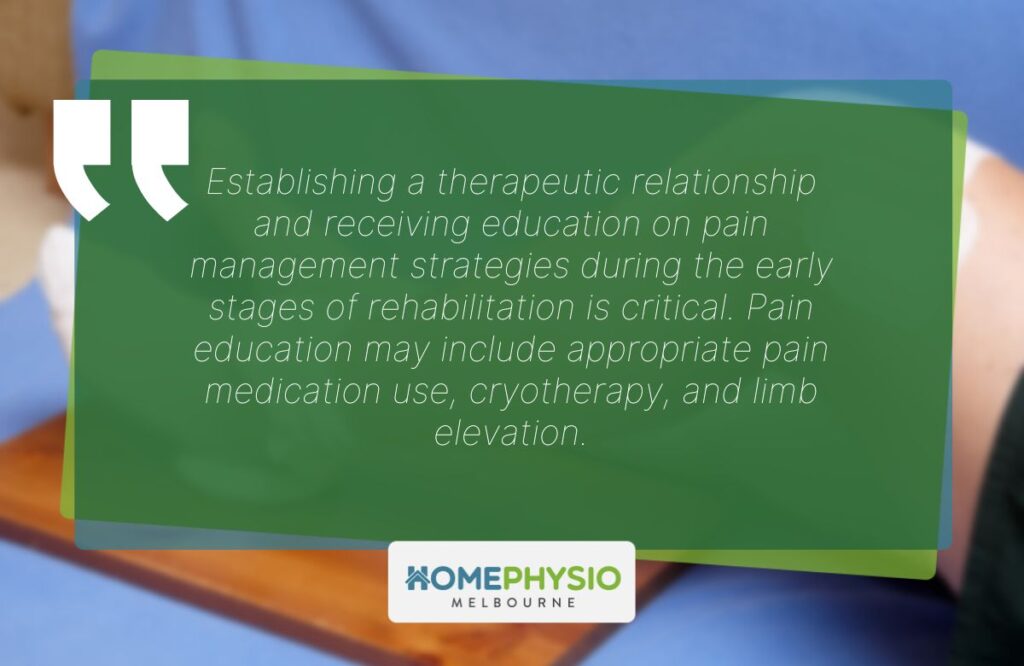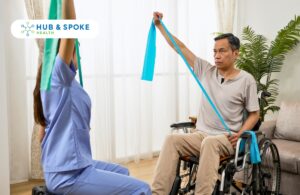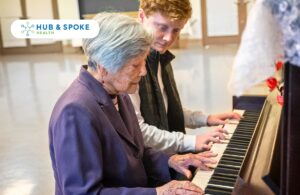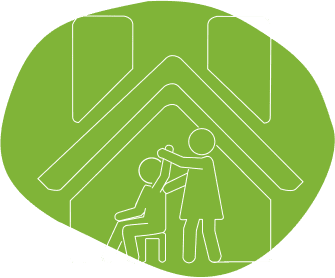One of the most common orthopaedic surgeries is a total knee replacement (TKR), also known as total knee arthroplasty (TKA). TKR surgery replaces a damaged or diseased knee joint with an artificial one.
Recovery from a TKR can be long and challenging, but with the help of a qualified physiotherapist, you can make a successful recovery and return to your normal activities.
Suppose you’re one of the tens of thousands of people undergoing total knee replacement surgery yearly. In that case, you’re likely wondering what to expect following your surgery in terms of physiotherapy. Here is a guide to help you get started on your recovery journey.
Total knee replacement recovery and rehabilitation
Physiotherapy is vital for ensuring a successful outcome from a total knee replacement surgery. Following the initial healing phase, physiotherapy will help improve range of motion, strength and stability in your knee. It’s essential to start physiotherapy as soon as possible after your surgery and continue with regular sessions until your doctor tells you otherwise.
Your physiotherapist will create a tailored rehabilitation program for you based on your individual needs. The program will likely include exercises that focus on increasing range of motion, strengthening the muscles around the knee and improving balance and coordination. You may also be given instructions on safely using crutches or a walker while recovering from surgery.
It’s important to stay motivated throughout your rehabilitation program with hard work and determination. You’ll make significant progress toward full recovery in no time!
Physiotherapy goals in the first 12 weeks to 1 year after a total knee replacement
After surgery, the first 12 weeks are crucial for recovery and rehabilitation. Rehabilitation begins immediately after you awaken from surgery. Commit to a plan and encourage yourself to do as much of your daily routine as possible. Doing so will help you recover faster.
Each surgeon’s protocol may differ, and each person’s recovery is unique. This is a typical recovery and rehabilitation strategy and timeline.
Phase I: Up to 2-3 weeks following a total knee replacement
- Active and passive knee flexion to 90 degrees and full knee extension is the patient’s rehabilitation goals and expectations.
- To protect surgical incisions and respect tissue healing, we limit passive knee flexion range of motion testing to less than 90 degrees in the first two weeks.
- Aspire for the least amount of pain and swelling possible.
- Accomplish full weight bearing.
- Aim for independence in mobility and daily activities.
- Establishing a therapeutic relationship and receiving education on pain management strategies during the early stages of rehabilitation is critical. Pain education may include appropriate pain medication use, cryotherapy, and limb elevation.
- During the first physiotherapy session, we review the patient’s exercise program since home exercises are an important component of recovery. Patients can be taught to ascend stairs with their non-operated leg leading and descend stairs with their operated leg leading in the early stages.
Phase II: 4-6 weeks following a total knee replacement
- Aim for no quadriceps lag and excellent voluntary quadriceps muscle control.
- Achieve a range of motion of 105 degrees in active knee flexion.
- Gain complete knee extension.
- Aim for little or no pain and swelling.
- Physiotherapy sessions may be scheduled one to two times per week. This frequency may increase or decrease depending on the progress of the individual.
- Full knee extension is required for functional tasks like walking and stair climbing.
- A knee flexion range of motion (65 degrees) is necessary for comfortable walking, stair climbing (85 degrees), sitting, and standing (95 degrees).
- Tissue mobilisation techniques may improve scar mobility during this stage.
Phase III: 6-8 weeks following a total knee replacement
- Exercising for strength to ensure hypertrophy beyond neural adaptation.
- Functional exercises for the lower limbs.
- Balance and proprioception exercises.
- Primary TKA has been shown to reduce the occurrence of falls and improve balance-related functions such as single-limb standing balance.
- Individualised rehabilitation programs that include strengthening and intensive functional exercises, delivered via land-based or aquatic programs, may be advanced as clinical and strength milestones are reached. Due to the highly individualised nature of these exercises, supervision by a qualified physiotherapist is highly suggested.
Phase IV: 8-12 weeks, up to 1 year following a total knee replacement
- Attempt to exercise independently in a community setting.
- Maintain a regular exercise regimen that includes strengthening, balance, and proprioception training.
- Incorporate behaviour change strategies to increase general physical activity.

Final Thoughts on Physiotherapy following a Total Knee Replacement
Following your doctor’s post-operative instructions is vital to ensure a successful recovery.
Physiotherapy is an integral part of the rehabilitation process, and our team at Hub And Spoke Health can help you get back on your feet as quickly as possible.
We’ll work with you to create a personalised rehab plan that meets your specific needs and enables you to regain strength, mobility and independence.
Book an appointment with us today! Our team of experts will lead you down the best treatment path following a total knee replacement.
Author
-

David completed his Bachelor of Physiotherapy at The University of Queensland. He started his career overseas working in major public hospitals in both the inpatient and outpatient setting assisting clients of all ages with musculoskeletal injuries, elective or traumatic post-operative rehabilitation and neurological complications. Apart from work, David enjoys spending time with his family at the beach or the mountains.
View all posts



